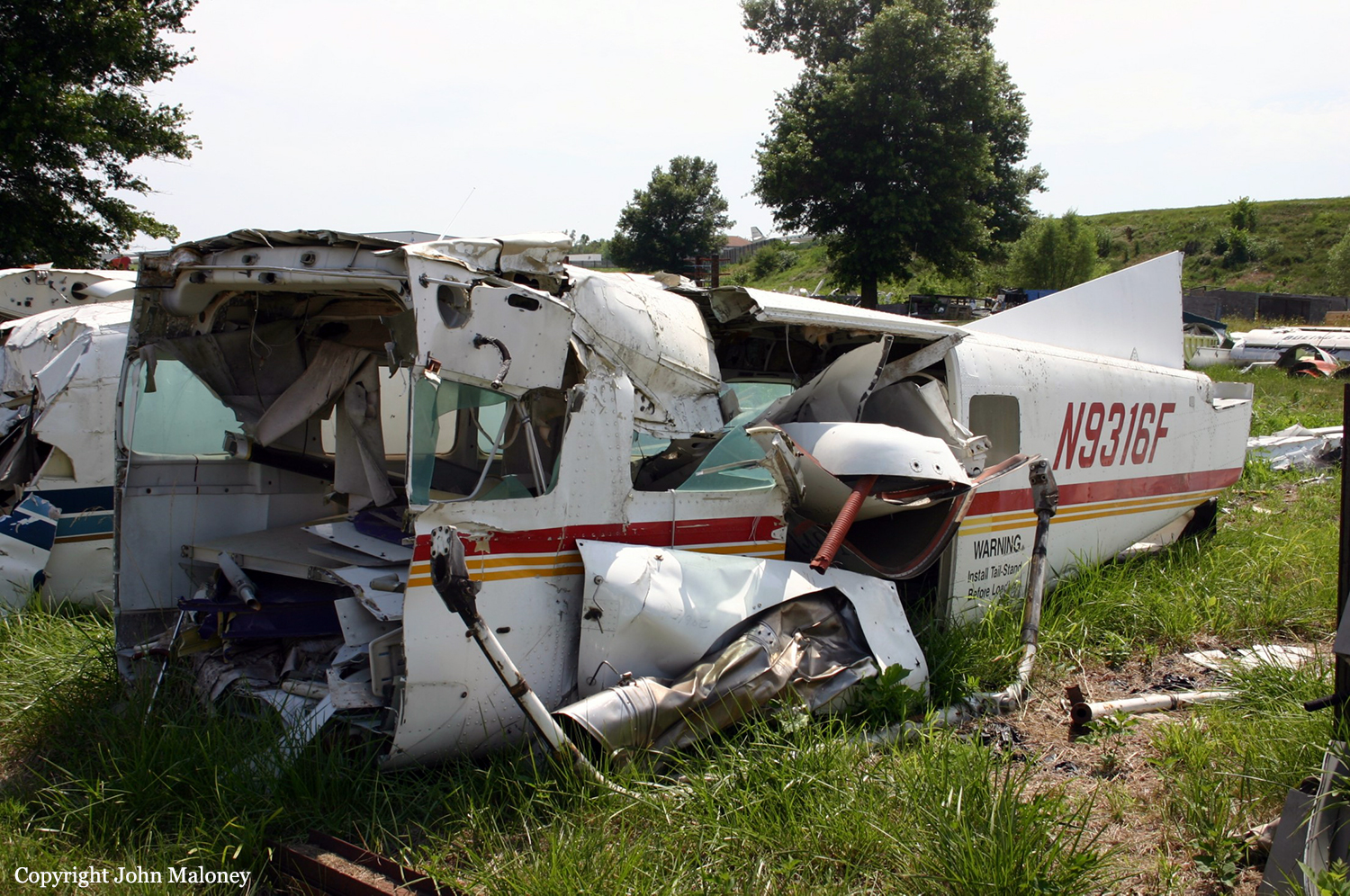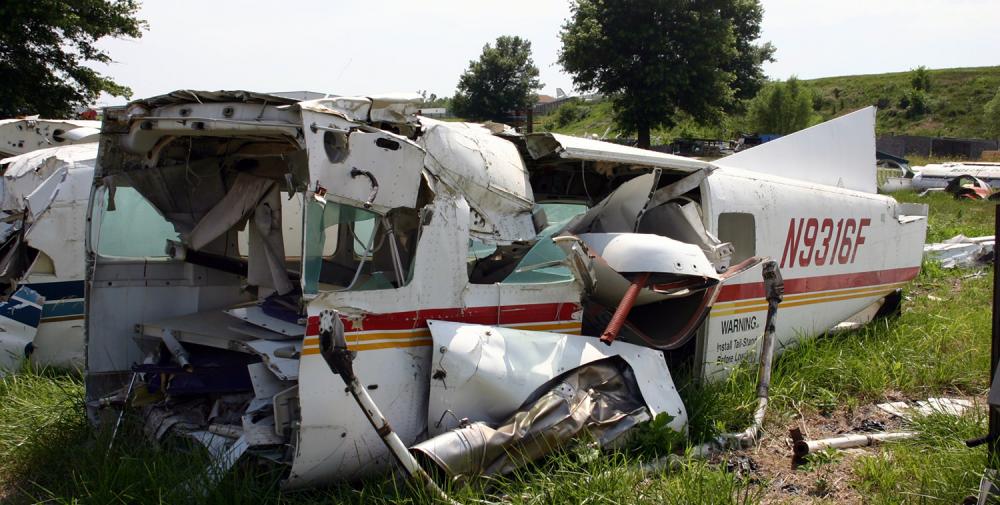Date & Time:
Jan 30, 1998 at 1700 LT
Type of aircraft:
Cessna 208A Caravan
Registration:
N9316F
Flight Phase:
Landing (descent or approach)
Flight Type:
Cargo
Survivors:
Yes
Schedule:
Port Heiden - Chignik
MSN:
208-0011
YOM:
1985
Country:
United States of America
Region:
North America
Crew on board:
1
Crew fatalities:
0
Pax on board:
0
Pax fatalities:
0
Other fatalities:
0
Total fatalities:
0
Captain / Total hours on type:
4500
Aircraft flight hours:
13478
Circumstances:
The pilot departed in visual meteorological conditions of three to four miles visibility with high ceilings. He stated the airplane encountered freezing rain about five miles south of the airport while in cruise flight at 1,200 feet msl, and rapidly accumulated ice on the airframe, wings, and windshield. The pilot said he initially changed altitude in an attempt to exit the icing conditions. Ice accumulation continued, so he elected to return. While maneuvering to land at the airport, the airplane was unable to maintain altitude at full engine power. He said that any angle of bank resulted in the onset of pre stall buffet, so he decided to land on a frozen lake south of the airport. He said that the airplane did not reach the lake, 'mushed into the ground,' and during the flare/touchdown, the left wing stalled. The pilot did not have access to the official weather prior to departure. The National Weather Service contracted observer, made his observation from a location about five miles south of the official weather station at the airport. The FAA AWOS-3 was inoperative. Examination of the airplane after the accident revealed a 1/2 inch layer of clear ice covering all the upper and lower airfoil surfaces of the airplane, from leading edges to between 1/3 and 1/2 of the chords. All antennas were coated with approximately 1/2 inch of clear ice. The airplane was not equipped with ice protection equipment except for pitot heat and windshield heat.
Probable cause:
The pilot's inadequate in-flight decision resulting in airframe ice accumulation to the extent that degraded aircraft performance and insufficient airspeed occurred followed by a stall. Contributing factors were freezing rain and icing conditions.
Final Report:
N9316F.pdf97.46 KB


